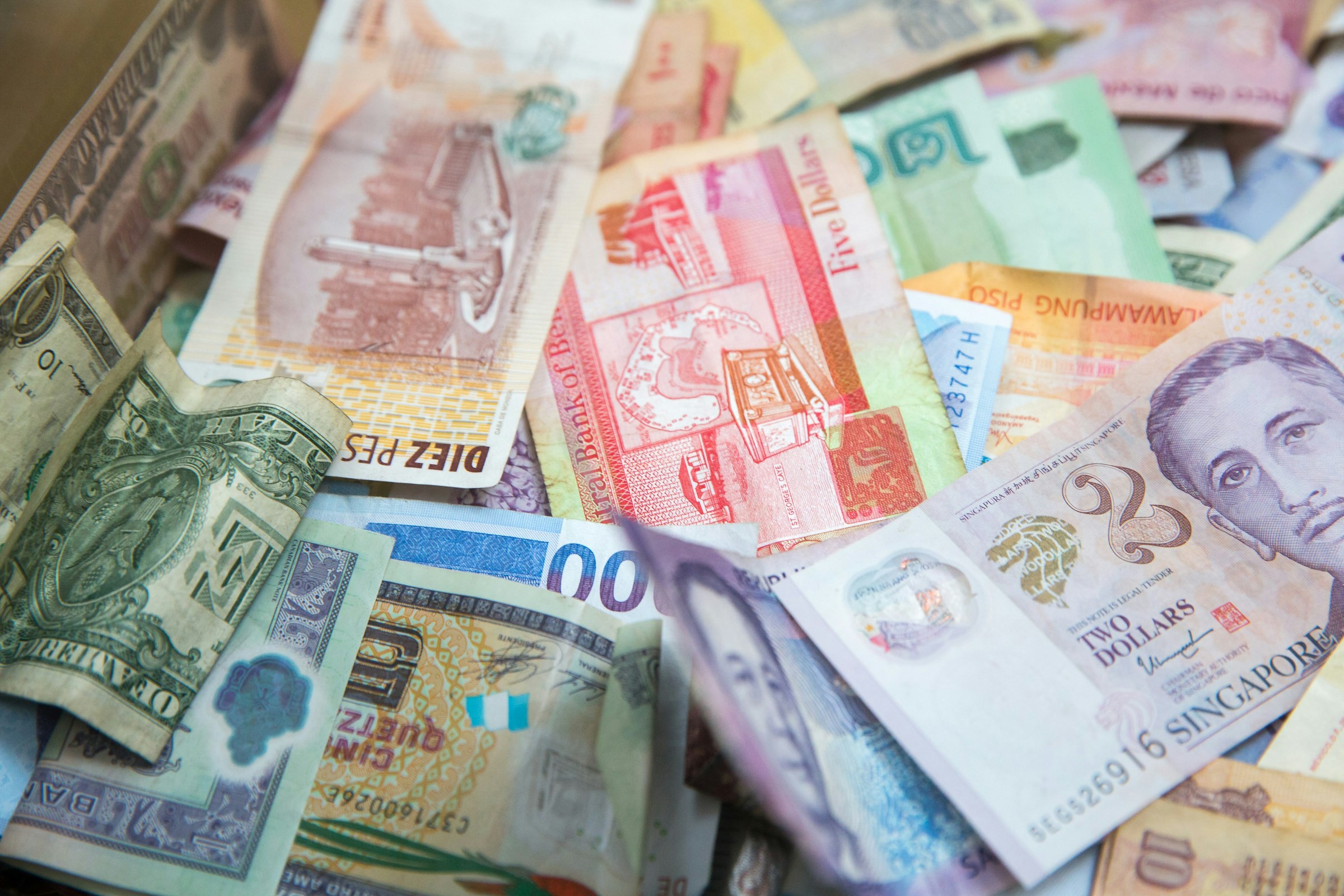The Singapore dollar’s weakness in July isn’t merely a reflection of a stronger US dollar—it’s a response to mounting structural pressures. As the US signals new sectoral tariffs and global capital flows shift toward higher-yielding assets, Singapore’s monetary authority faces narrowing policy flexibility. The next MAS meeting may formalize what markets are already pricing in: a tactical policy easing to manage both external demand risks and FX pass-through.
The Monetary Authority of Singapore (MAS) appears poised to flatten the slope of its Singapore dollar nominal effective exchange rate (S$Neer) policy band in its upcoming policy review. Unlike traditional interest rate adjustments, Singapore’s monetary regime targets the trade-weighted S$Neer to manage imported inflation. A slope flattening reduces the rate at which the currency is allowed to appreciate, effectively easing policy without shifting to interest rate instruments.
Barclays economists forecast a 50-basis-point reduction in the slope, bringing it to zero. This implies MAS sees limited inflation transmission risk even amid global geopolitical tension. Singapore’s core inflation is expected to remain subdued, with June data forecast at just 0.7%. This gives MAS policy space to support growth without triggering credibility concerns.
What makes this move significant is not the easing itself, but the context in which it is delivered. The S$Neer is already trading at the upper boundary of its band, indicating a market that is ahead of the policy curve. Flattening the slope formalizes an easing bias already present in market pricing—and signals a shift in the MAS's capital posture.
Singapore's expected policy adjustment comes at a time when many regional central banks are struggling with bifurcated mandates. While the US Federal Reserve remains constrained by sticky inflation and a higher-for-longer stance, several ASEAN economies—including Indonesia—are recalibrating to protect growth. The difference lies in signaling clarity.
Historically, MAS has adjusted the S$Neer slope only during periods of pronounced trade vulnerability or external inflation compression. Today’s scenario bears echoes of 2019, when the US-China trade war triggered similar slope flattening. But unlike then, Singapore’s current threat exposure is sector-specific—pharmaceuticals and semiconductors—and paired with broader tariff base rate increases.
This means Singapore is absorbing asymmetric shocks without synchronized global easing. The MAS easing would thus mark a rare divergence from both US policy normalization and ASEAN tightening cycles, underlining Singapore’s uniquely open, trade-sensitive posture.
FX markets are already reflecting this asymmetry. As of July 21, the Singdollar traded at 1.2846 to the greenback, down from its earlier highs despite a year-to-date gain of 5.9%. The weakening trajectory aligns with a broader repositioning among emerging-market funds. Bloomberg Intelligence notes that three of four EM FX factor models have gone long on the Indonesian rupiah while shorting the Singapore dollar—a rotation based on interest rate differential plays and carry attractiveness.
This isn’t purely speculative. The Singdollar’s role as a low-yield funding currency makes it vulnerable to unwinding when the rate curve flattens. Carry trades that previously used SGD as a source currency are now seeking yield elsewhere, especially as inflation remains muted in Singapore but uncertain in the US due to tariff-linked second-order effects.
MAS, in choosing to flatten the slope now, rather than wait for downside GDP confirmation, appears to be front-running market pressure. This reduces the risk of disorderly repricing but places greater emphasis on fiscal discipline and non-monetary support for growth.
This move is more than technical. It marks a return to proactive currency management under asymmetric global risk. If the MAS indeed flattens the S$Neer slope this month, it will do so to cap appreciation pressures while defending against external demand shocks—not inflation overshoot. The signal is one of preemptive caution, not passive accommodation. In Singapore’s monetary framework, that distinction is deliberate. And policy credibility rests on it.
By choosing slope flattening over a re-centering of the band or outright depreciation bias, MAS is telegraphing that it does not foresee a structural loss in the Singdollar’s long-term strength. Instead, it acknowledges the near-term volatility induced by geopolitical realignment, sector-specific tariff risks, and fragile global disinflation.
This policy recalibration also implicitly supports exporters under pressure from US tariff targeting, without destabilizing capital inflows or reserves. It preserves MAS’s room for maneuver—an important message to both sovereign investors and regional peers watching Singapore’s posture as a financial anchor in ASEAN.





.jpg&w=3840&q=75)







.jpg&w=3840&q=75)
